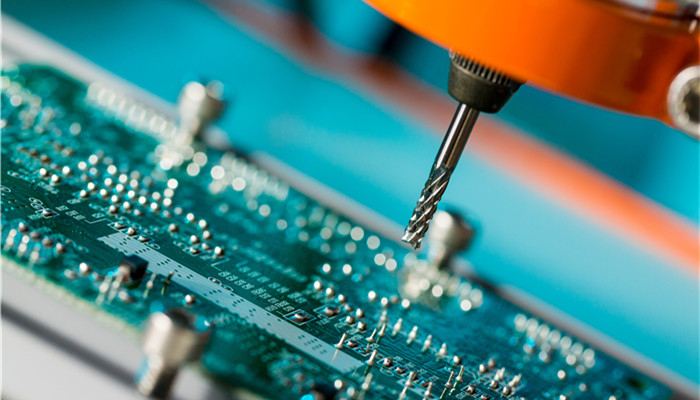
The market demand for low-alpha ray spherical alumina is vast and the industry is still in its early development stage.
Low-α ray spherical alumina is a nanoscale spherical alumina material with low α ray index. It has low α ray content, high thermal conductivity, excellent insulation, adjustable particle size distribution, high spheroidization rate, and volume filling. It has the advantages of high efficiency and low magnetic foreign matter content. It is mainly used as a functional filler in high-performance or special-purpose chip packaging scenarios. It is one of the advanced chip packaging materials.
Low-alpha ray spherical alumina is an advanced material mainly developed to solve the soft error (soft error, soft failure) phenomenon that occurs in semiconductor devices. Soft errors refer to performance or data inconsistencies caused by internal software or system errors under normal operating conditions of the device. In semiconductor devices, this phenomenon mainly comes from natural radioactive elements (α rays) present in manufacturing and packaging materials. , Therefore, in order to solve this problem, the use of Low-α ray packaging materials has become a general trend.
Low-α ray spherical alumina is a type of Low-α ray encapsulation material. It is mainly prepared through processes such as inorganic acid solution washing or high-purity metal combustion. The inorganic acid solution washing process refers to the process of using inorganic acids (nitric acid, sulfuric acid, etc.) to dissolve uranium/thorium elements (radioactive elements) in spherical alumina powder to obtain Low-α ray spherical alumina; the high-purity metal combustion process is It refers to the process of using high-purity aluminum as raw material, melting and atomizing it in a high-purity graphite crucible to obtain low-alpha ray aluminum powder, and then burning it with an oxygen-containing flow to generate low-alpha ray spherical alumina.
According to the “2023-2028 Low-α-ray Spherical Alumina Industry Market In-depth Research and Investment Prospect Forecast Analysis Report” released by the Industrial Research Center shows that the production of Low-α ray spherical alumina is difficult and the technical threshold is high. At present, the domestic market is mainly dominated by foreign companies. However, in recent years, as local companies continue to increase technological research, Anhui Yishitong Material Technology, a representative company with the industrial production capacity of Low-α ray spherical alumina, has emerged in my country.
Yishitong Low-α ray spherical alumina is prepared using purification technology and spheroidization technology without radioactive contamination, which can meet the requirements of downstream customers for chip packaging materials such as high thermal conductivity, Low-α ray control, and nanoscale morphology. . Currently, Yishitong’s Low-α spherical alumina project with an annual output of 200 tons for high-end chip packaging is accelerating construction. In the future, as the project accelerates, the localization level of my country’s Low-α spherical alumina market is expected to continue to increase.
Industry analysts said that Low-alpha ray spherical alumina is a type of alumina with low alpha ray content, Functional fillers with high thermal conductivity are suitable for high-performance chip packaging scenarios and can effectively reduce the probability of soft errors. They have broad demand prospects in fields such as artificial intelligence, big data storage, and autonomous driving. The global low-alpha ray spherical alumina market demand will exceed 1,000 tons in 2022, and in the next 3-5 years, the market will maintain growth at a compound annual growth rate of more than 5%, and the industry has broad room for development.

 微信扫一扫打赏
微信扫一扫打赏

